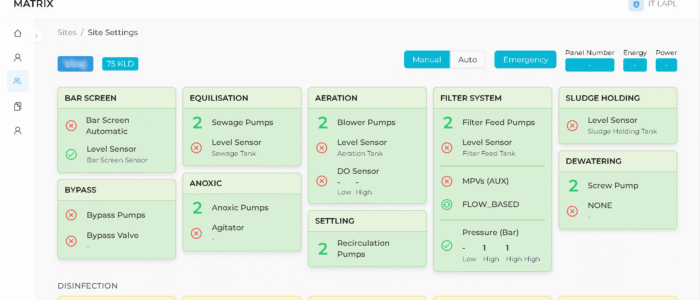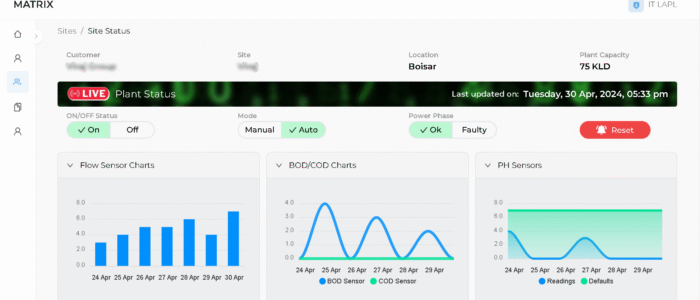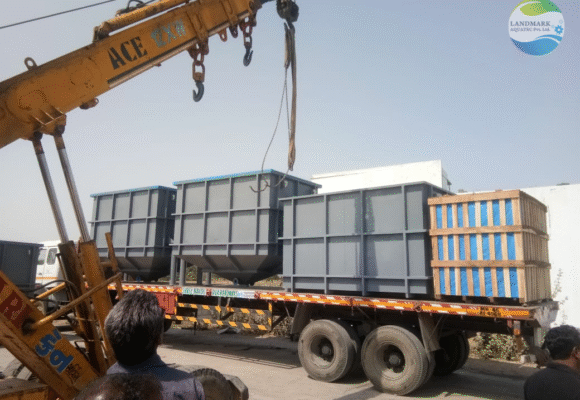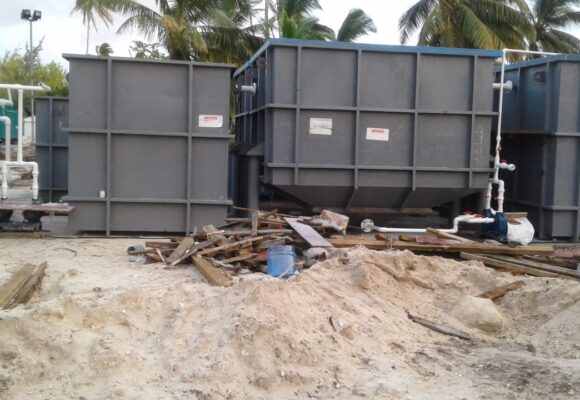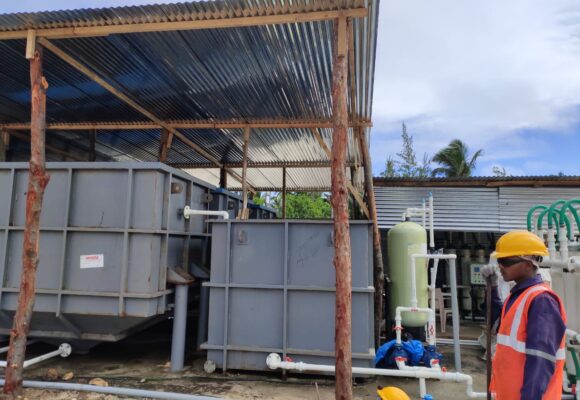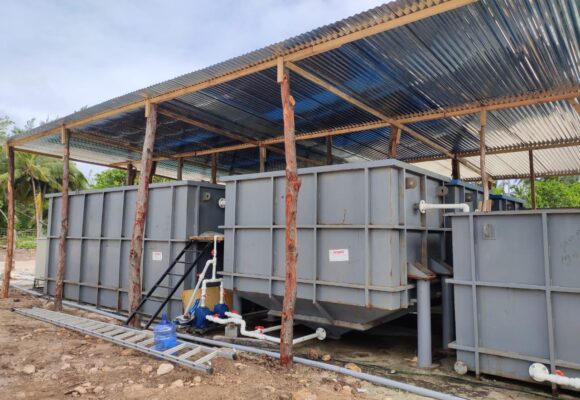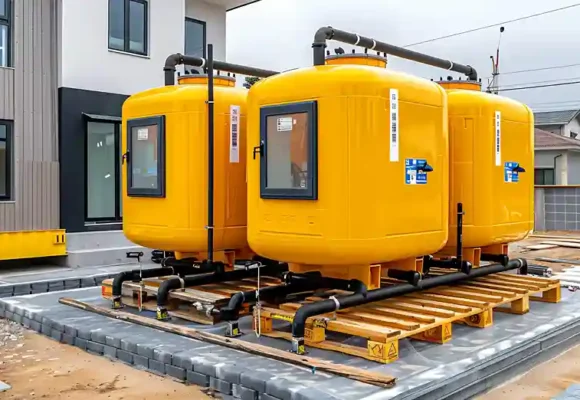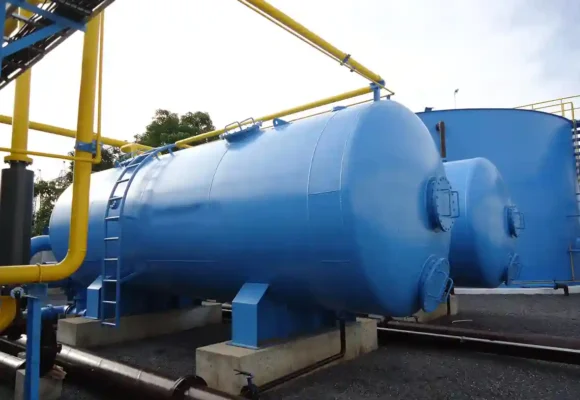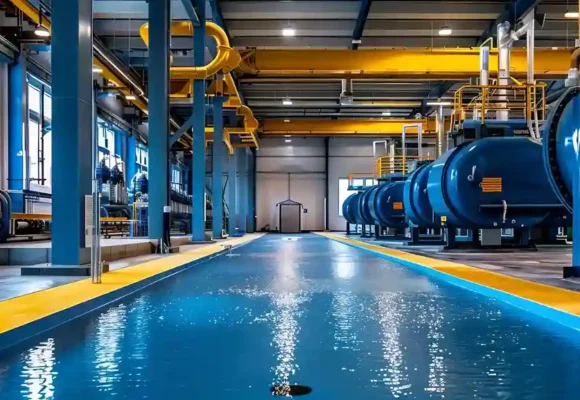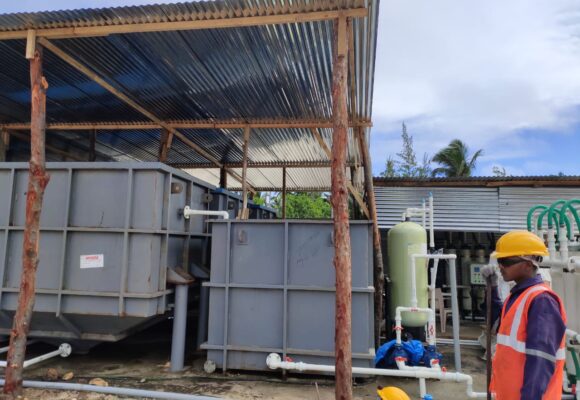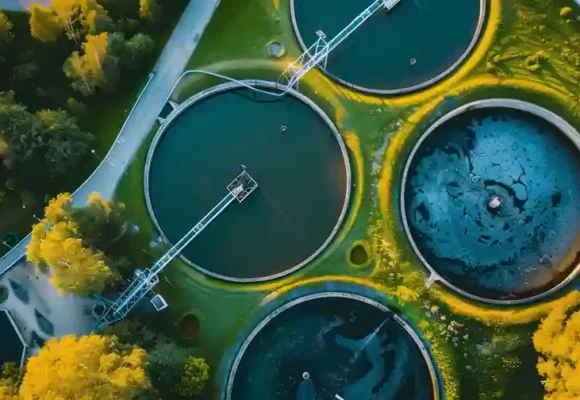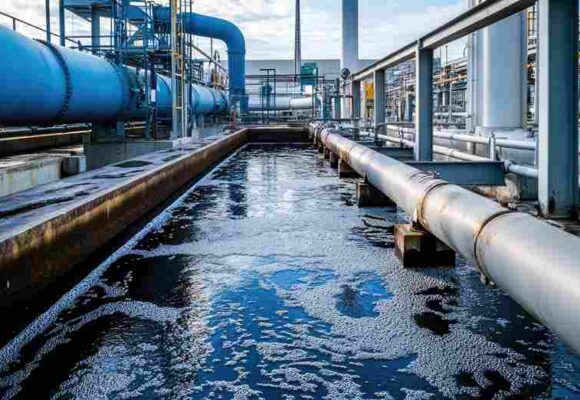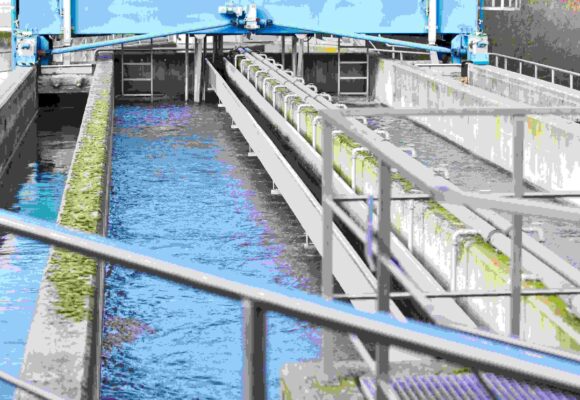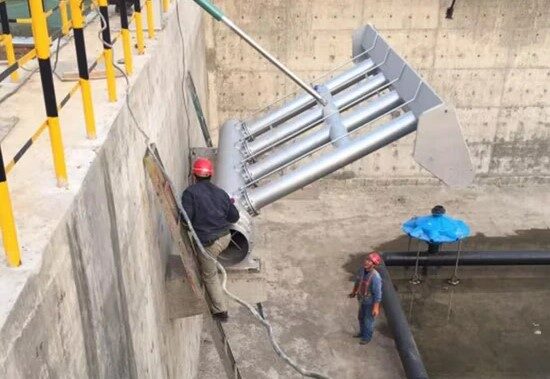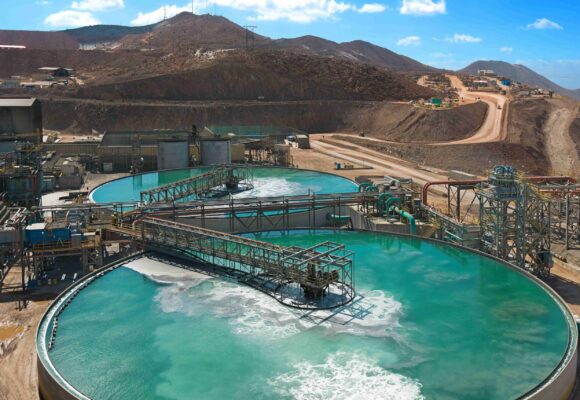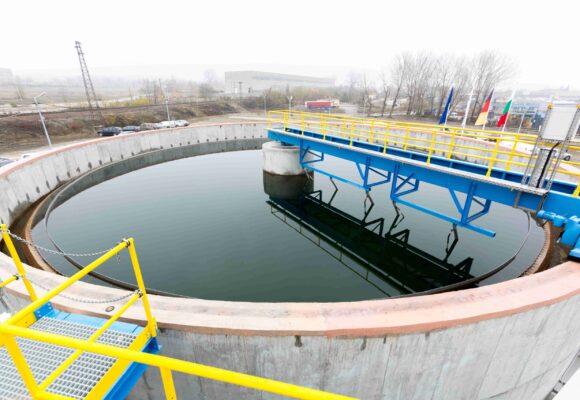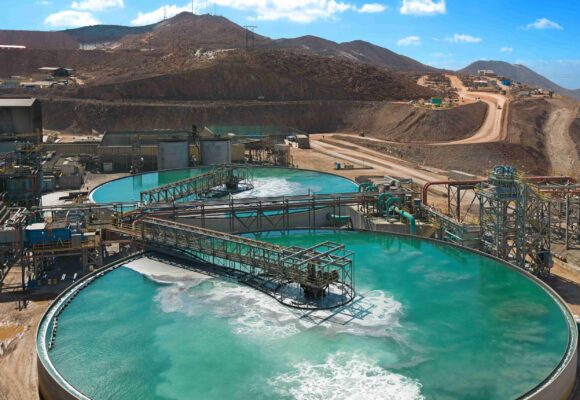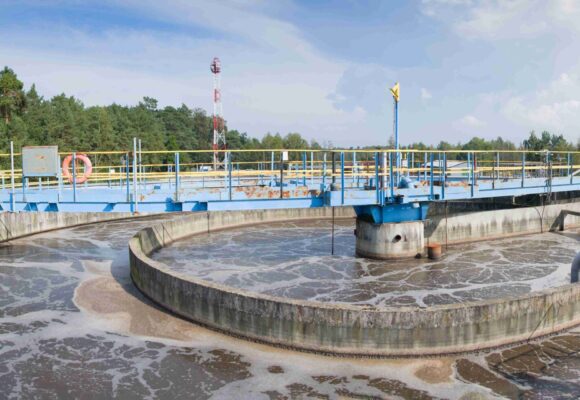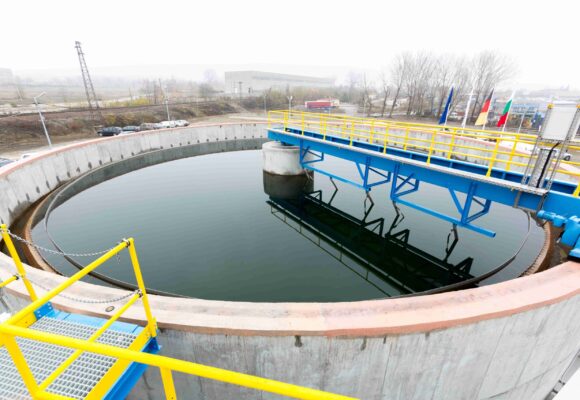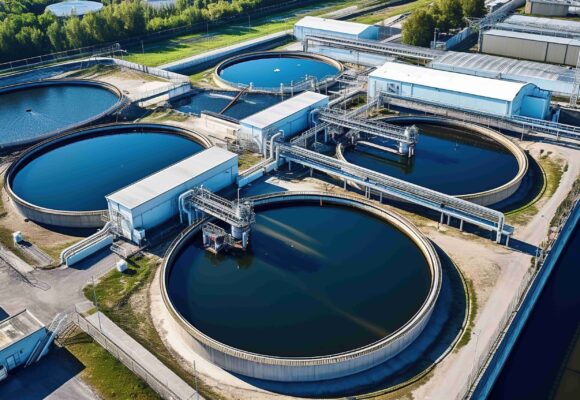
🏭 Comprehensive STP Solutions for Every Application
We deliver cutting-edge Sewage Treatment Plant (STP) solutions engineered to treat domestic and municipal wastewater with maximum efficiency. Our STP systems empower communities and businesses to meet stringent regulatory standards while protecting the environment and promoting sustainable water management. 🌍✨
Whether you need a compact STP for a residential complex or a large-scale sewage treatment plant for municipal applications, our proven technology ensures reliable, cost-effective wastewater treatment that delivers consistent results. 💪🔧
🎯 STP Applications: Tailored Solutions for Diverse Needs
🏘️ Residential Societies & Housing Complexes
Our residential STP systems provide effective sewage treatment solutions specifically designed for apartment complexes, gated communities, and housing societies. These STPs efficiently process domestic wastewater, enabling water recycling for gardening, flushing, and landscaping—helping communities reduce water consumption and meet environmental compliance requirements. 🏠💚
🏢 Commercial Establishments & Business Facilities
We deliver customized commercial STP solutions perfectly suited for shopping malls, hospitals, hotels, office complexes, and other commercial buildings. Our sewage treatment plants handle high-volume wastewater loads while maintaining compact footprints, ensuring your facility meets discharge standards and sustainability goals without compromising space or performance. 🏨🏬
🌆 Municipalities & Urban Infrastructure
For cities and towns requiring large-scale wastewater management, our municipal STP systems offer robust, scalable solutions. These high-capacity sewage treatment plants process millions of liters daily, protecting public health and natural water bodies while supporting urban growth and environmental stewardship. 🏙️🌊
Types of STP Technologies: Choose the Right System
Economical STP: Cost-Effective Wastewater Treatment
Our economical STP designs are engineered to operate with maximum efficiency, significantly reducing energy consumption and operational costs. These sewage treatment plants deliver exceptional performance while minimizing your carbon footprint and utility expenses—making sustainable wastewater treatment financially accessible for all organizations.
Modular Design STP: Flexible & Scalable Solutions
Modular STP systems represent the future of adaptable wastewater treatment. Constructed using pre-fabricated units that assemble quickly and expand effortlessly, these modular sewage treatment plants offer unmatched flexibility for scaling operations as your needs grow.
Each module in our modular STP operates and maintains independently, dramatically reducing downtime and service costs. This innovative STP design proves especially beneficial for small communities, temporary installations, or facilities where space and budget constraints require creative solutions. The plug-and-play nature of modular STPs means faster deployment and easier relocation compared to traditional sewage treatment plant construction.
MBBR STP (Moving Bed Biofilm Reactor): Advanced Biological Treatment
The MBBR STP technology represents a sophisticated advancement in sewage treatment plant design, combining activated sludge principles with biofilm systems for superior performance. Our MBBR-based STPs utilize specially designed moving plastic media that provides optimal surface area for beneficial microorganisms to colonize and thrive.
As the media moves freely throughout the MBBR STP reactor, it maximizes contact between wastewater and the active biofilm, delivering exceptional removal efficiencies for organic matter, nutrients, and contaminants. MBBR sewage treatment plants offer compact designs that integrate seamlessly into existing facilities or function as standalone solutions—making them ideal choices for space-constrained urban STP projects.
MBR STP (Membrane Bioreactor): Premium Effluent Quality
MBR STP technology integrates advanced biological treatment with precision membrane filtration, producing high-quality effluent perfectly suited for water reuse and recycling applications. In an MBR sewage treatment plant, microorganisms efficiently break down organic matter while ultrafiltration membranes remove suspended solids, bacteria, and pathogens to exceptional levels.
This cutting-edge MBR STP design offers a significantly smaller footprint compared to conventional sewage treatment plants, eliminating the need for secondary clarifiers while delivering superior treatment results. MBR-based STPs have become the gold standard for water reclamation projects, greywater recycling, and applications demanding the highest effluent quality standards.
SBR STP (Sequencing Batch Reactor): Efficient Batch Processing
The SBR STP is an innovative fill-and-draw activated sludge system where sewage treatment occurs in sequential batch cycles within a single reactor. Our SBR sewage treatment plants execute treatment through a precisely controlled sequence: filling, reacting, settling, and decanting phases.
This methodology provides SBR STP systems with remarkable operational flexibility and the capability to handle varying wastewater loads effectively. SBR-based STPs prove exceptionally efficient for small to medium-sized facilities, successfully managing fluctuations in influent characteristics while maintaining consistent treatment performance. The simplicity and reliability of SBR sewage treatment plants make them popular choices for diverse applications.
❓ STP FAQs: Your Sewage Treatment Plant Questions Answered
🤔 What is a Sewage Treatment Plant (STP), and how does it work?
An STP (Sewage Treatment Plant) is a specialized facility designed to treat domestic sewage and wastewater by removing contaminants through integrated physical, biological, and chemical processes. The sewage treatment plant separates solid waste, breaks down organic matter using beneficial microorganisms, and disinfects water—transforming contaminated sewage into treated effluent safe for non-potable reuse applications such as gardening, toilet flushing, and landscape irrigation. 🌱💧
🏢 Why is an STP important for residential and commercial buildings?
Installing an STP helps property owners manage wastewater responsibly, prevent environmental pollution, meet mandatory regulatory compliance, and enable sustainable water recycling practices. Sewage treatment plants are critical infrastructure for housing societies, hotels, hospitals, offices, and commercial complexes committed to environmental stewardship and water conservation. 🌍♻️
📊 What are the different stages involved in an STP?
A typical sewage treatment plant operates through multiple treatment stages:
-
Preliminary Treatment: Screening and grit removal in the STP inlet
-
Primary Treatment: Physical sedimentation to separate settleable solids
-
Secondary Treatment: Biological processing where microorganisms consume organic pollutants
-
Tertiary Treatment: Advanced disinfection or filtration for final water polishing
Each stage in the STP process removes specific contaminants, ensuring comprehensive sewage treatment. 🔄✨
📏 What capacity STPs do you offer?
We provide STP solutions across a comprehensive capacity range—from compact 1 KLD (kilolitre per day) STPs for small residential buildings to massive 10+ MLD (million litres per day) sewage treatment plants for industrial complexes and municipalities. Our STP designs are precisely tailored to match your facility's wastewater generation, occupancy patterns, and treatment requirements. 📐🏗️
🧮 How do you size an STP for an apartment complex or hotel?
STP sizing depends on accurate calculation of daily wastewater generation based on the number of residents, hotel rooms, or building occupancy. Our sewage treatment plant capacity calculations follow NGT (National Green Tribunal) rulebook guidelines, ensuring your STP adequately handles peak flows while maintaining treatment efficiency and regulatory compliance. 📋✅
🔍 What is the difference between MBBR, SBR, and MBR-based STPs?
Each STP technology offers distinct advantages:
-
MBBR STP: Uses moving bed bio-reactor technology with plastic media for robust biological treatment
-
SBR STP: Treats sewage in timed sequential batches within a single reactor
-
MBR STP: Combines membrane filtration with biological treatment for premium effluent quality
The optimal sewage treatment plant technology depends on your site constraints, treatment objectives, space availability, and effluent quality requirements. Our experts help select the perfect STP type for your application. 🎯🔧
💧 Is treated sewage water from an STP safe for gardening and flushing?
Absolutely! When properly operated, your STP produces treated water that meets established reuse standards, making it completely safe for non-potable applications including irrigation, toilet flushing, vehicle washing, and landscaping. Recycling STP-treated water conserves precious freshwater resources while reducing your environmental impact and water bills. 🌿♻️
🔧 What is the maintenance frequency of an STP?
Sewage treatment plants require continuous 24×7 operation and monitoring to maintain optimal system health. Our STP maintenance protocols include daily operational checks, weekly inspections of major equipment, and quarterly or annual comprehensive servicing—with exact frequencies depending on your STP's usage intensity and technology type. Proper STP maintenance ensures long-term reliability and consistent treatment performance. 🛠️📅
📱 Do you provide fully automated or IoT-based STPs?
Yes! We offer state-of-the-art automated STPs featuring MATRIX technology and IoT capabilities for comprehensive real-time monitoring. Our smart sewage treatment plants eliminate manual operation requirements, optimize performance automatically, and provide remote access and control via mobile apps with instant alerts. These IoT-enabled STPs represent the future of intelligent wastewater management. 🤖📲
🔄 Can STPs be retrofitted in existing buildings?
Absolutely! We specialize in compact, modular STP systems specifically designed for retrofitting into existing buildings with minimal disruption. Our retrofittable sewage treatment plants can be installed in basements, parking areas, terrace spaces, or available open areas with minimal civil modifications and operational downtime. If your building lacks an STP, retrofitting is entirely feasible and often mandatory for environmental compliance. 🏗️✅
